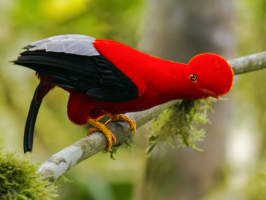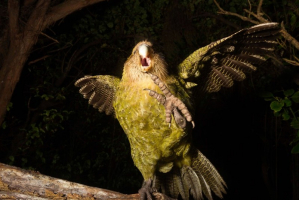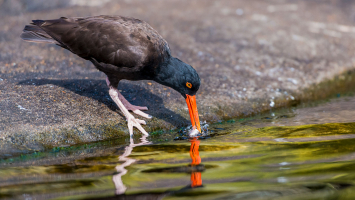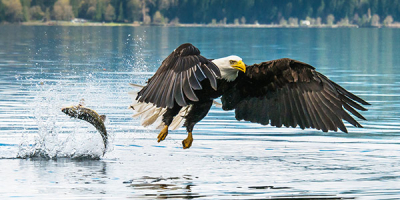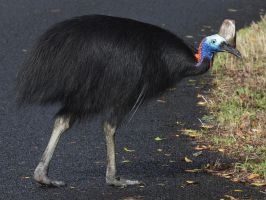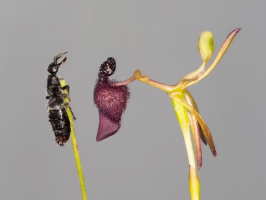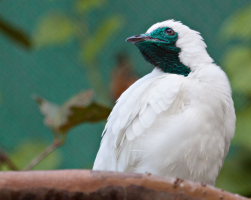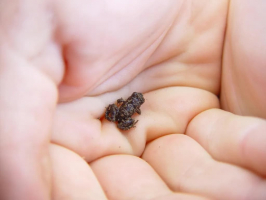Top 10 World's Tiniest Birds
Birds come in a variety of forms, hues, and sizes, just like many other species around the globe. There’s quite a broad spectrum from the largest living birds, ... read more...ostriches, to the smallest bird. Even the smallest birds serve a vital function in ecology, however, it's simple for the larger birds in wildlife to draw a lot of attention. Here is a list of the smallest birds in the world, let's find out!
-
The bee hummingbird, which is only 2 inches tall and weighs a little 2 grams, triumphs over other members of the hummingbird family, which is known for its diminutive size. Their nests are around the size of a quarter and can hold eggs that are about the size of a coffee bean. In terms of weight, each bee hummingbird is about the size of a cent. They are hardly larger than the typical bumblebee, or to put things in a more naturalist perspective. They are unfortunately prey for the same creatures that would eat bumblebees because of their size, most notably mongooses, wasps, frogs, and spiders.
These tiny birds' hearts beat at an astonishing 80 beats per second on normal, but during mating season, that rate can more than double. Given that the bee hummingbird must consume up to 1500 flowers each day for food, they cannot afford to waste that energy. It's not simply that the bee hummingbird is hard to spot because it's so little. It also requires taking a trip to Cuba. This isolated island nation is also the only known habitat of the species.
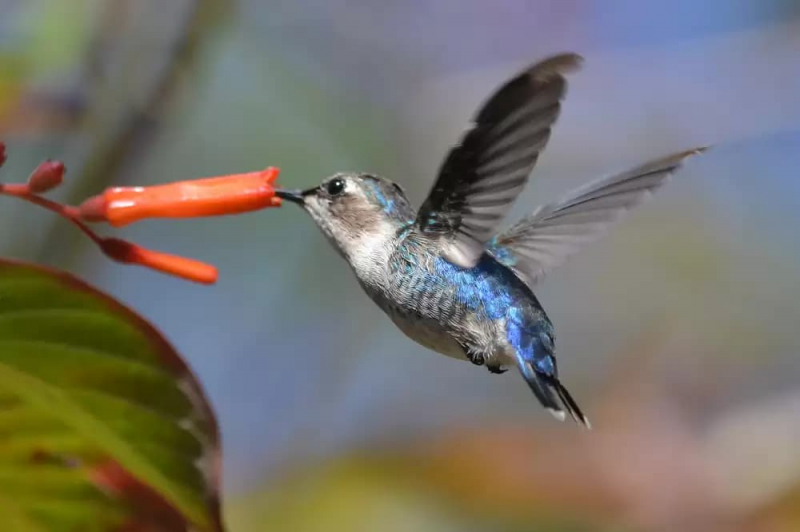
Via: The Dodo 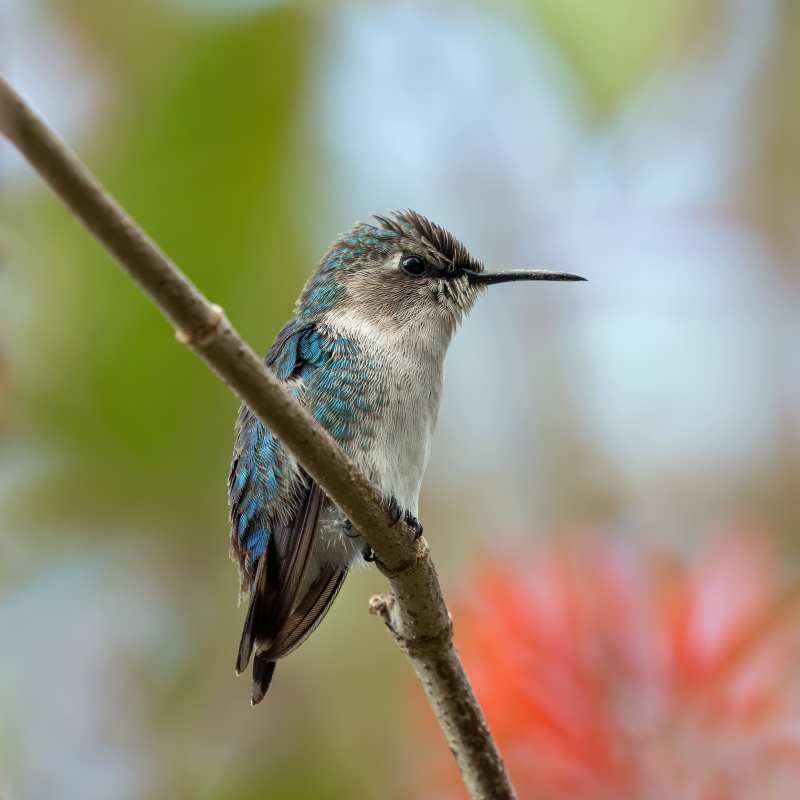
Via: Wikimedia Commons -
Esmeraldas Woodstar, the tiniest hummingbird in South America, is a highly isolated breed whose behaviors are yet unknown to scientists. Males of this species, while being only 2.5 inches long, stand out due to their beautiful purple throats and the green lines that form a little vest along their bodies. These birds can be found all over Ecuador in deciduous forests, and they prefer forested areas at higher altitudes.
The issue is that it can be challenging to locate them in the wild. From 1912 until the next sighting of one in 1990, the species was believed to be extinct. Even today, they are only occasionally observed outside of the breeding season. For the time being, it is unknown where these birds spend the rest of the year. Unfortunately, because of logging, this species is endangered and is in danger of losing its habitat.
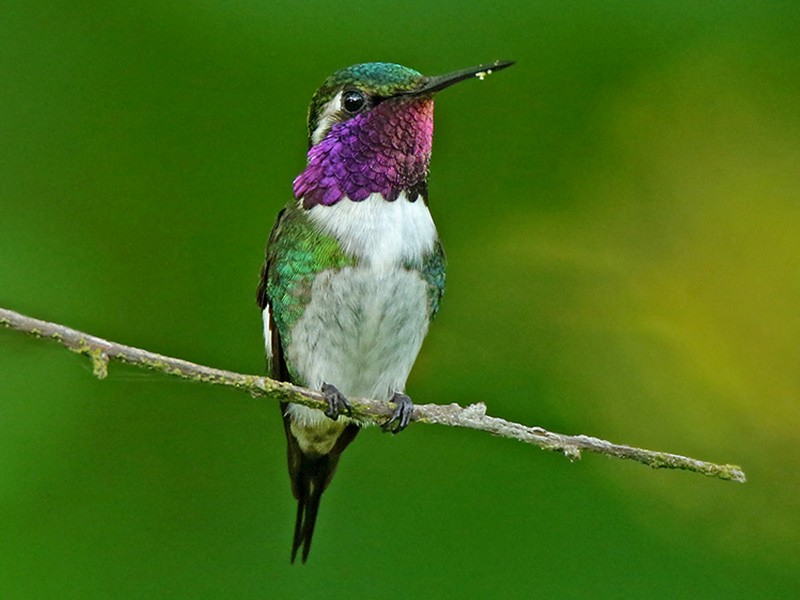
Via: Animalia.bio 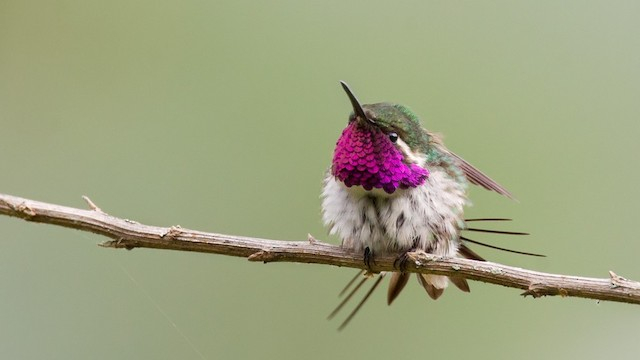
Via: eBird -
More remarkable than the world's tiniest bird is the Cape Penduline Tit. These birds measure about 3.1 inches in length. They are grayish-yellow in hue, and can be found from the southernmost tip of South Africa up into Angola in the east and Zimbabwe in the west. They live in shrub plains and deserts, building their roosts and nests in tall, thorny trees. Their clever nests, which resemble wastebaskets and have a hatch that they can close with a foot, are very impressive.
These about 3-inch long birds are unusual in that they form family groups of three to four to aid with egg-laying and child-rearing yet only mate monogamously. Their main sources of food are fruits, larva, and insects. They have even been seen to steal food from spiderwebs, which is risky given that spiders frequently fall into the same weight category as humans.
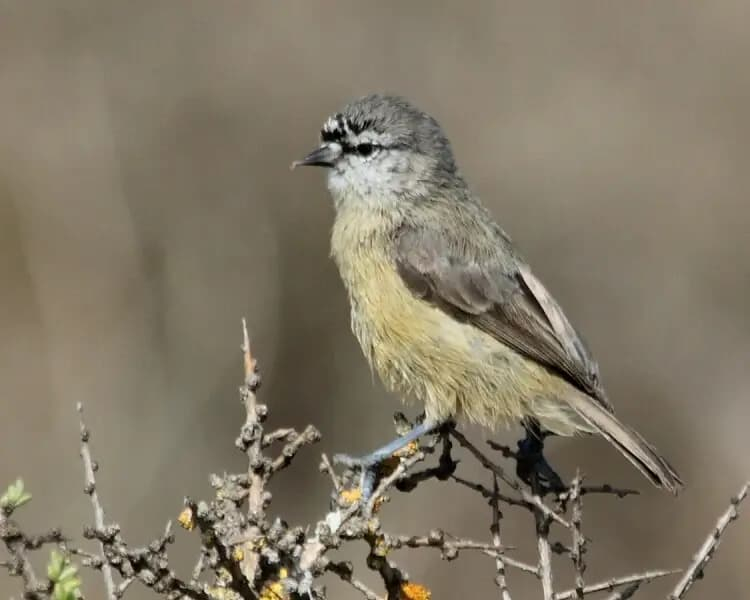
Via: Bird Fact 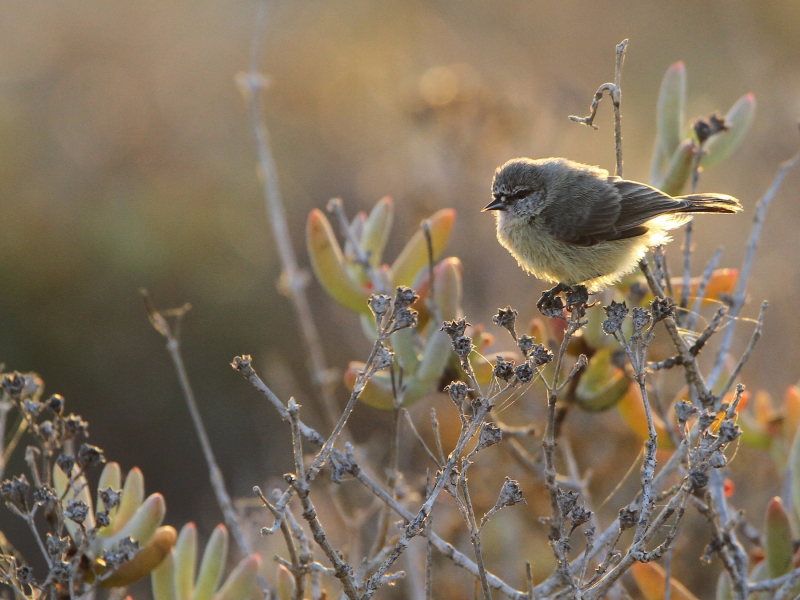
Via: Bird Fact -
The Pale-Billed Flowerpecker, which is widespread in Myanmar, Bangladesh, and Sri Lanka, is unremarkable in appearance save from its size. They measure about 3.1 inches in length. This bird, which is prevalent in urban gardens across the Indian subcontinent, can be identified by its high-pitched singing sound. They particularly enjoy stealing Singapore cherry from the gardens they forage from, but mistletoe species make up the majority of their diet.
In fact, to cope with the typically deadly mistletoe, these birds have evolved extraordinarily effective digestive systems. In three to four minutes, the mistletoe berry seed travels through the body and forms a covering that enables it to adhere to trees. Although mistletoe technically qualifies as a parasite that can extract nutrients from the trees it clings to, it also plays a crucial part in improving the soil in the area. Because of this, the Pale-billed Flowerpecker is an important component of the ecology.
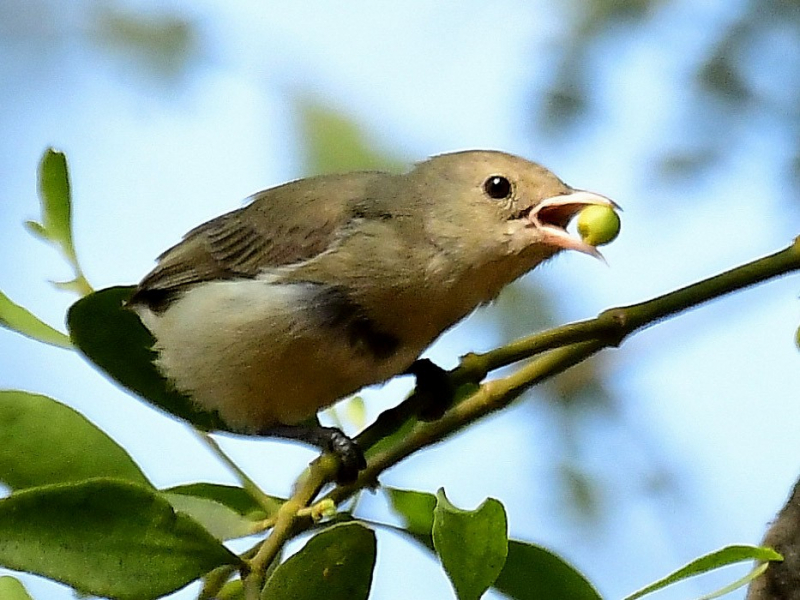
Via: Wikipedia 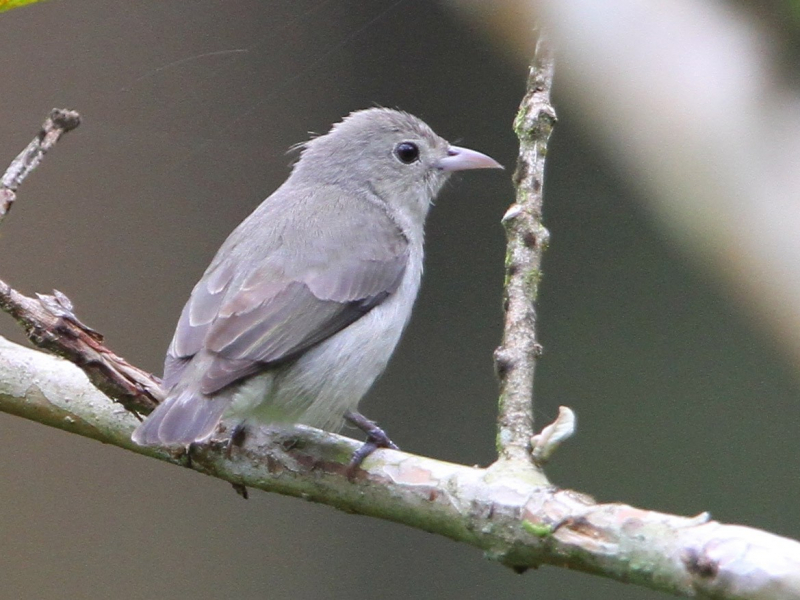
Via: National Audubon Society -
The Calliope Hummingbird, the tiniest bird in North America, flies all the way from Canada in the north to Mexico in the south. Given that these birds are just about 3.3 inches long, the circular migration route they follow travels 5,000 kilometers. They often fly slowly, staying close to blooms that larger, potentially aggressive hummingbird species would miss.
However, these birds are also capable of remarkable bravery. They have also been observed chasing after large, raptors like red-tailed hawks during mating season. It's one of the smallest birds and one of the prettiest to look at. Male hummingbirds may be easily distinguished from the many other species of hummingbirds by their distinctive splash of magenta that covers their chin and breast, as well as by the distinctive U-shape in which they execute their courting dance.
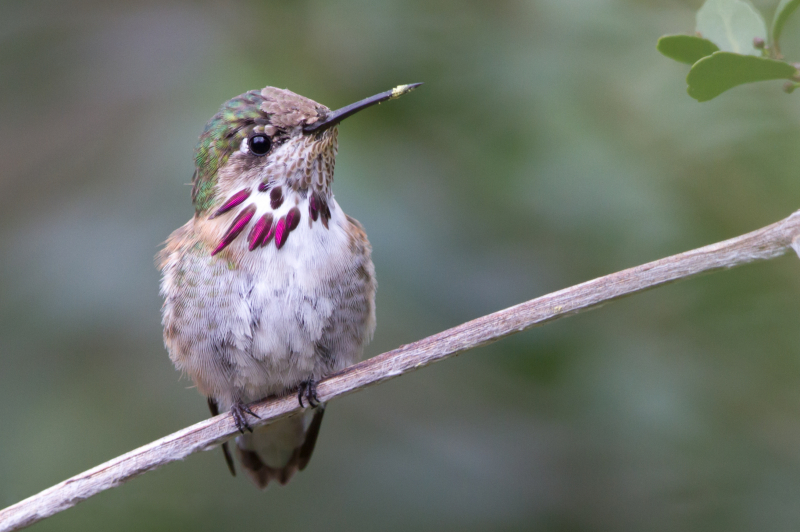
Via: eBird 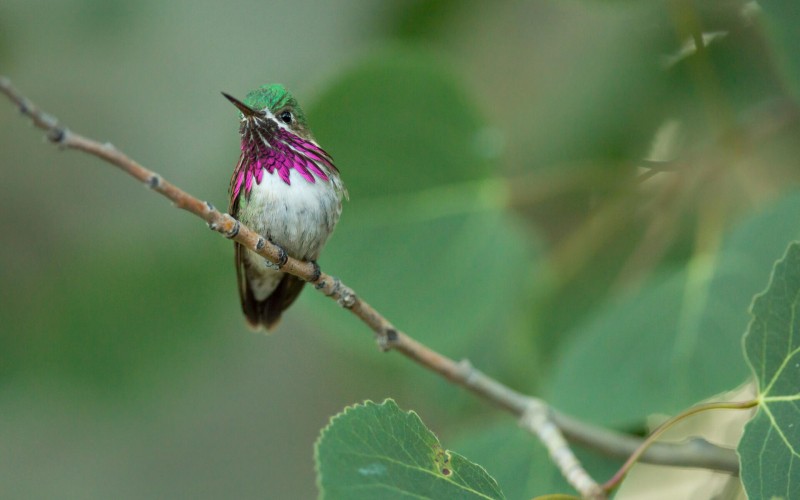
Via: eBird -
The diminutive Weebill provides evidence that Australia's ecosystems are much more diverse than its reputation for being home to dangerous species. Its little size gave rise to its moniker. These birds measure about 3.3 inches in length. In areas where this species is present, these screams are audible throughout the entire year and are rather loud.
Even though these birds are only found on the continent, they are widely distributed across the whole landmass, with the exception of some extremely harsh interior regions. These birds have distinguishing cream and bright yellow plumage, and they frequently build a nest and remain there for the rest of their lives. They are extremely gregarious birds that hunt in flocks, frequently with other bird species, and who raise their young as a unit after mating.
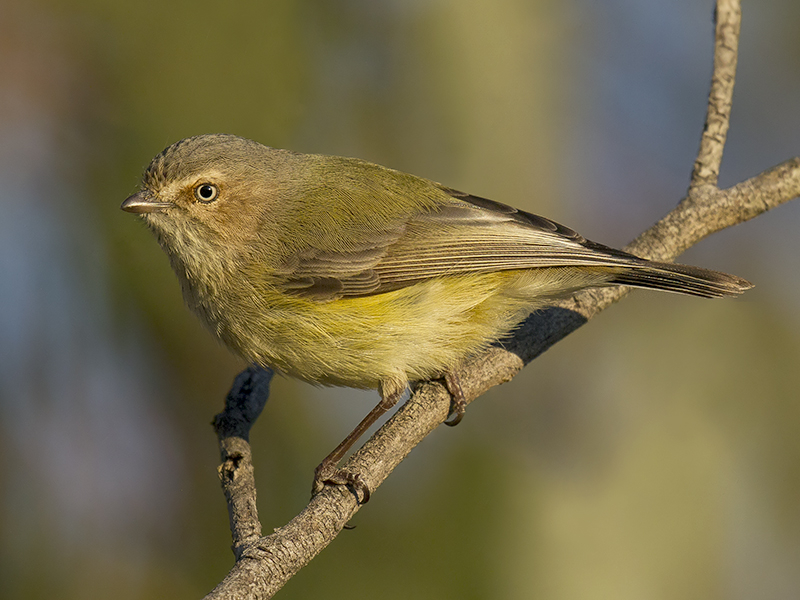
Via: Wikipedia 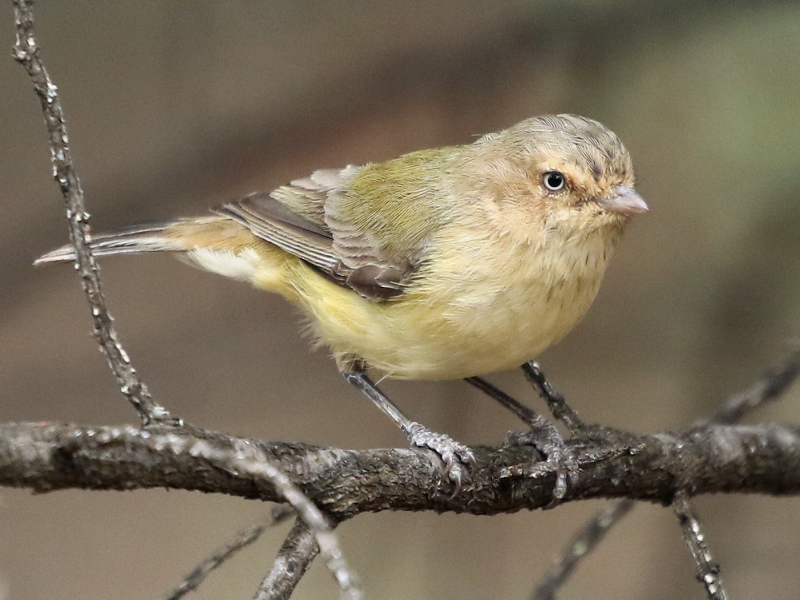
Via: eBird -
Although they both hold the distinction of being the tiniest bird in Europe, the Goldcrest and Firecrest actually have a lot in common. Both live in secluded coniferous forests but leave their homes during the winter to go foraging for food. They measure about 3.5 inches in length. They are abundant across the whole of the continent, while firecrests tend to be more common in southern Europe and even have habitats there.
In fact, their size might help explain why they are successful and capacious. These birds, which are just three and a half inches long, can squeeze into places where predators would either miss them or be unable to get to them. Additionally, their mobility and small size frequently make them not worth the effort to pursue when they do manage to get the attention of an animal. Their eggs are much tiny, with an average diameter of just half an inch.
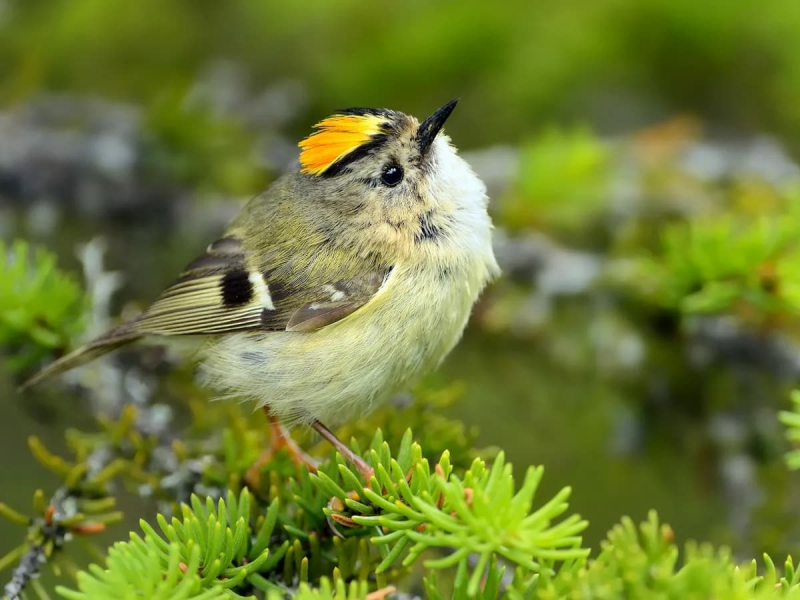
Via: eBird 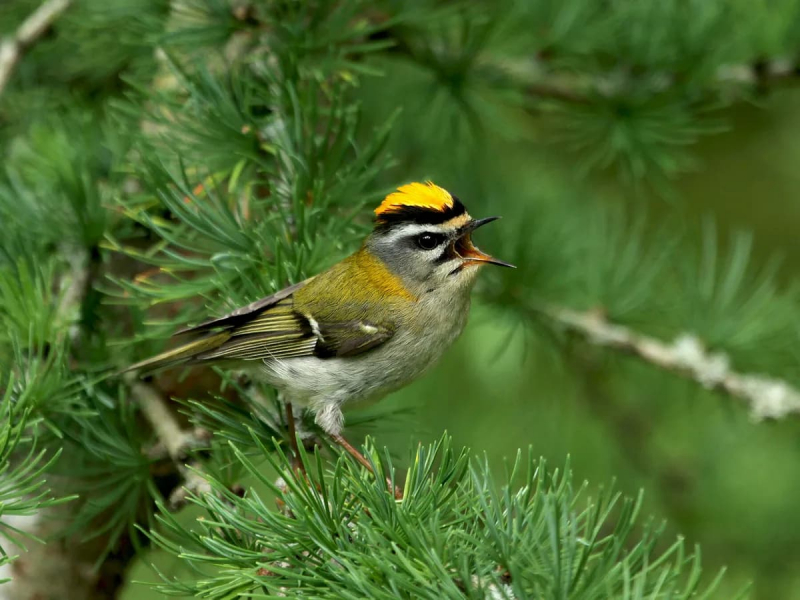
Via: eBird -
The Spotted Pardalote (Pardalotus punctatus) is one of the smallest of all Australian birds at 9 centimeters (3.5 in) in length, and one of the most colorful. It is also frequently referred to as the diamondbird. Although it is very abundant throughout Australia's reasonably fertile regions (the east coast, south-east, and southwest corner), it is rarely observed carefully enough to allow for identification.
There are three recognized subspecies. They also have the same length Spotted Pardalote. The unusual subspecies, the yellow-rumped pardalote (subspecies xanthopyge), are primarily found in drier interior areas of southern Australia, particularly in semi-arid Mallee forests. The wet tropics spotted pardalote (subspecies militaris) is located in northeastern Queensland. Additionally sporadically discovered breeding in burrows inland from the coast in semi-rainforest areas of Mid North Coast NSW.
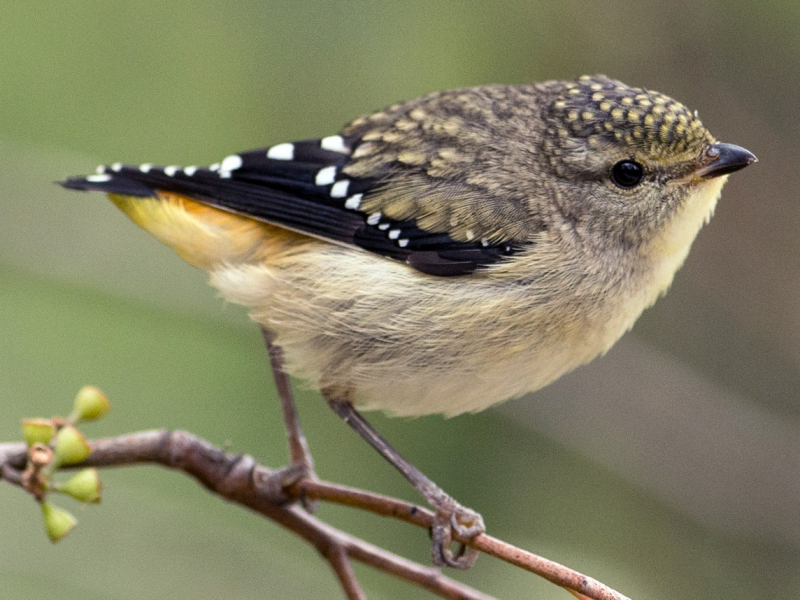
Via: eBird 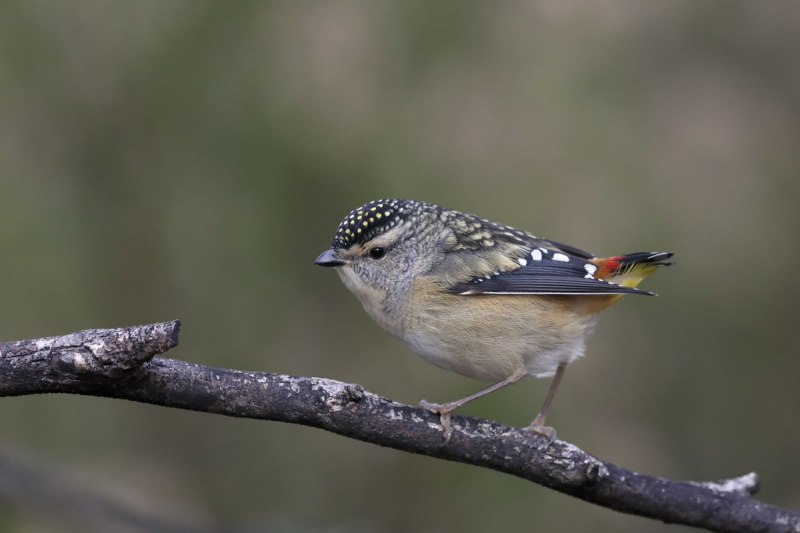
Via: Wikipedia -
Originally from eastern coastal Australia, the Brown Gerygone (Gerygone mouki), sometimes known as the brown warbler, is a tiny passerine bird. The brown gerygone's face and underparts are a considerably softer shade of grey, cream, or washed-out brown than its top parts, which are a rich olive-grey or olive-brown. The dark tail feathers could have a white tip. It measures about 10 centimeters (4.4 in) in length.
The range of the brown gerygone is rather broad. The IUCN rates population trends overall as being of "least concern", despite the fact that they have not been quantified. It may be seen alone or in small groups of two to four people in the coastal jungle. It eats insects as food. It is not closely related to either real Old World Warblers or New World Warblers, but rather is a member of the Corvida family, which also includes crows and several passerines from the tropics and Australia.
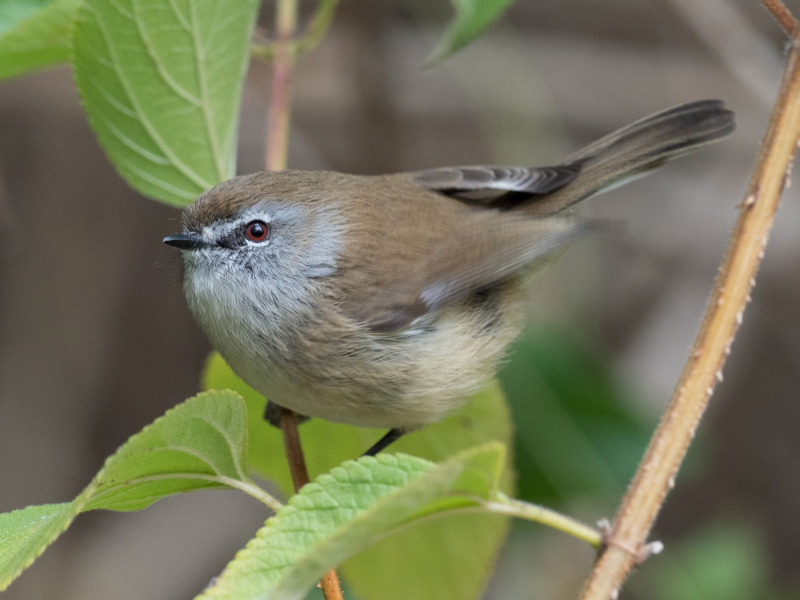
Via: eBird 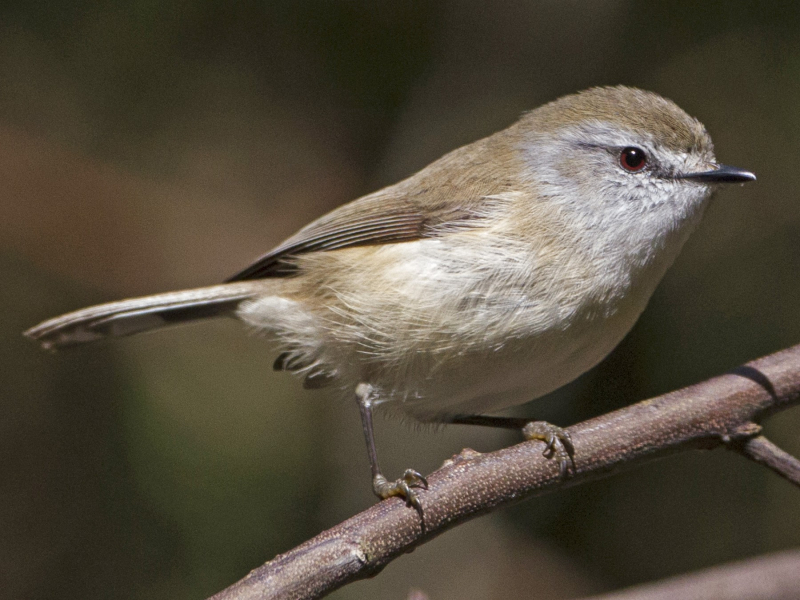
Via: eBird -
Australia is home to a kind of little bird called the Crimson Chat. Its other names include the crimson-breasted nun, saltbush canary, and the tricolored chat. Typically, crimson chats weigh 10-11 g (0.35-0.39 ounce) and measure 10-13 cm (3.9-5.1 in) in length. They have long, narrow legs, a sharp bill that curves downward, and a tongue tip that resembles a brush. Adult males have white necks, a black mask around their eyes, red crowns, and underparts. They are covered in brown feathers. Younger chats and females have lighter markings but comparable overall coloring. Particularly during the breeding season to draw a partner, males are typically brighter in color than females.
The male red-capped robin is a bird species that resembles the crimson cat and is frequently mistaken for it. Crimson Chats can use their brush-like tongue to gather nectar or take seeds from flowers that are close to the ground. They also devour insects and spiders that are on the ground or in shrubs. They typically hang out on or near the ground and stroll more frequently than they hop.
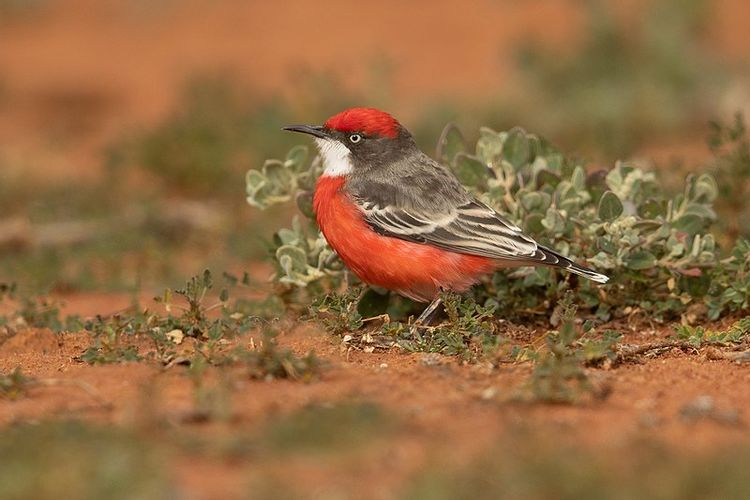
Via: Kidadl 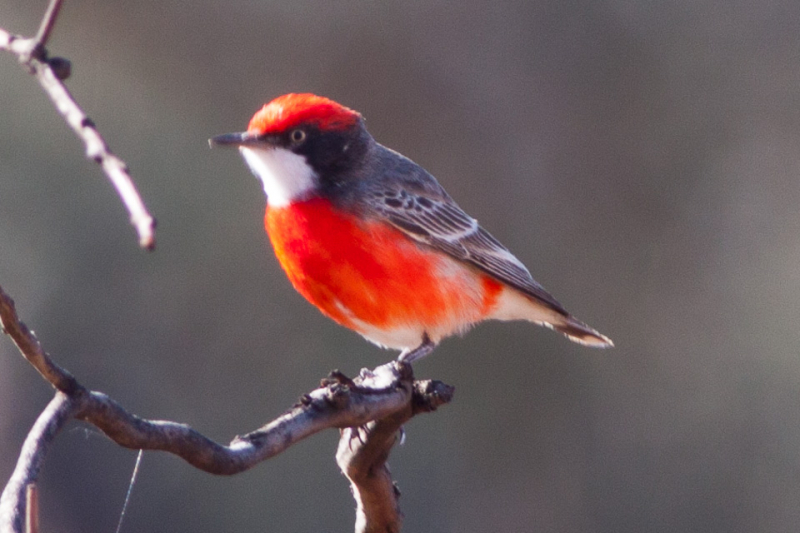
Via: Wikimedia Commons












